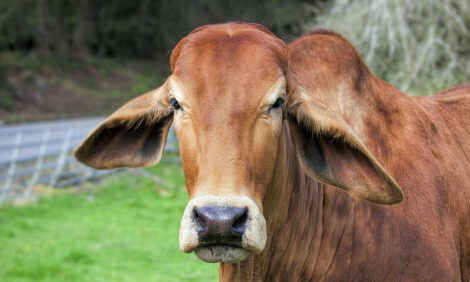



Montana: Split State Status And Disease Eradication
MONTANA - The executive vice president of the state’s largest agricultural organization has expressed concern about the recent push for using split state status to cope with the brucellosis issue.|
Bison in Yellowstone
|
“At this point, the Montana Farm Bureau Federation does not have policy on split state status, but that certainly is going to be a hot topic at our organization’s annual meeting Nov. 11-14 in Missoula,” notes Jake Cummins, executive vice president, Montana Farm Bureau Federation (MFBF). “MFBF does, however, have policy on brucellosis and livestock management which gives the organization the latitude to explore more effective ways to protect its members and the Montana livestock industry from the potential loss of our brucellosis-free status.”
Over the past month, Les Graham, representing Montana Farm Bureau Federation, has been traveling around the state, attending Montana Board of Livestock meetings, livestock organizational meetings, and meetings with producers in all seven counties around Yellowstone National Park to gather their thoughts on how the brucellosis issue should be addressed.
“The sentiment against going automatically to split state is about 80 percent against, crossing all association memberships,” Graham notes. “Ranchers feel they need to have the ability to do preventive work, and they want a say in their destiny.”
Graham says most producers are concerned that the board of livestock is not focusing on what is going to be done to eradicate the disease. There’s talk about the spread of the disease instead of focusing on the prevention of the disease.
Graham, who was executive secretary of the board of livestock for 18 years, has been bringing ranchers together in kitchen-table meetings to address the issues.
“The reception has been fantastic. I call one rancher to arrange a meeting, and he or she calls their ranching neighbors to come over and join the discussion,” Graham explains. “There has been an increasing dialogue generated from these informal meetings.”
He says that the ranchers feel the greatest focus must be on disease prevention, especially focusing on the wildlife in Yellowstone National Park. They want testing, vaccinating (which may include animal ID), hunting, wildlife sterilization, haystack fencing and pasture management implemented with input from local veterinarians, the state veterinarian, Montana Department of Fish, Wildlife & Parks, and the U.S. Animal and Plant Health Inspection Service. (APHIS).
Graham, who has been invited to speak at the board of livestock meeting Nov. 5-6, feels strongly that the solution needs to take the interests of all Montana cattle producers into account.
“The proposed solution must be applicable statewide instead of having different standards and protocol for different parts of the state, since whatever is done in one part of the state will impact livestock and wildlife population statewide,” he advises.
Montana Farm Bureau’s concern, as Cummins stated in a recent letter to the chairman of the Montana Board of Livestock, is that if the problem is not addressed at the source –Yellowstone National Park—the state will be forced to dedicate an ever-increasing amount of finite state resources to the symptoms of the problem.
Further Reading
|
|
- Find out more information on Brucellosis by clicking here. |
TheCattleSite News Desk


